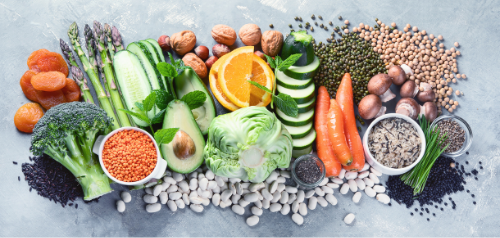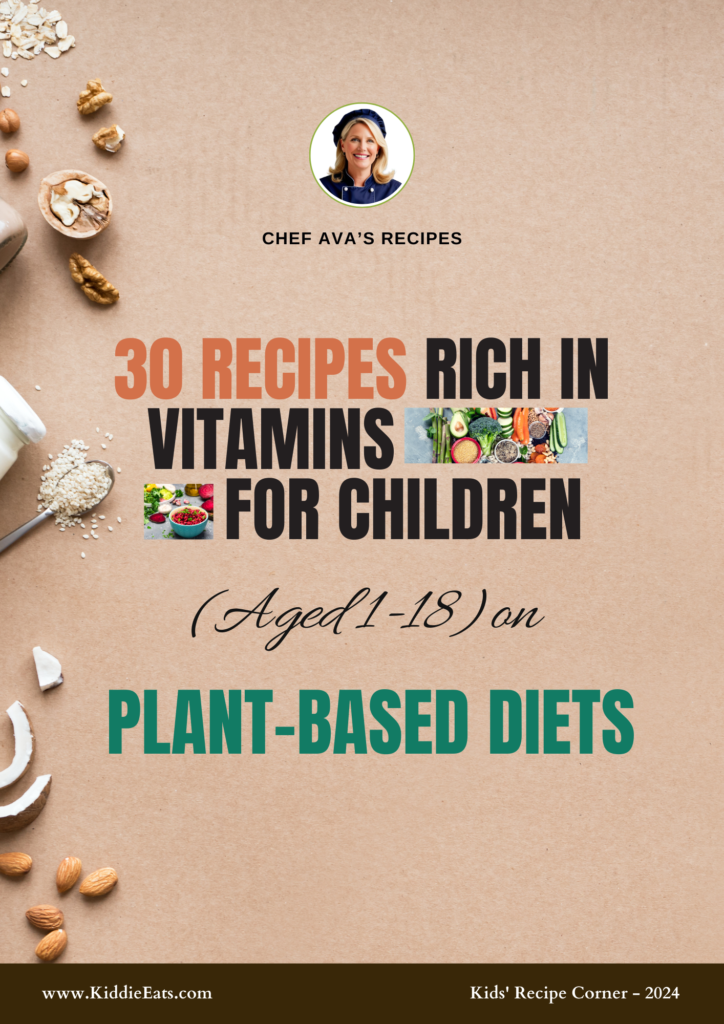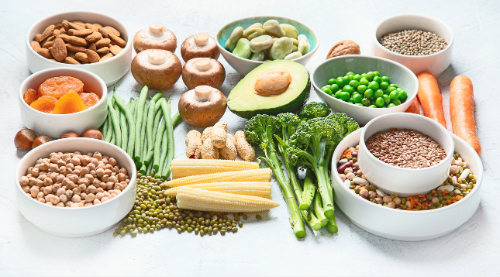
Plant-based diets in Children have gained attention recently as more parents explore alternatives to meat-based diets. This approach focuses on a diet rich in fruits, vegetables, whole grains, and legumes, with minimal or no animal products. However, parents often worry about the nutritional adequacy of these diets for their kids. Experts suggest that plant-based diets can be safe and beneficial for children if well-planned, ensuring that all essential nutrients are provided.
(N.B: Get ready to explore these mouthwatering recipes—download our exciting eBook at the bottom of the page to dive in! )
The Benefits and Challenges of Plant-Based Diets for Children
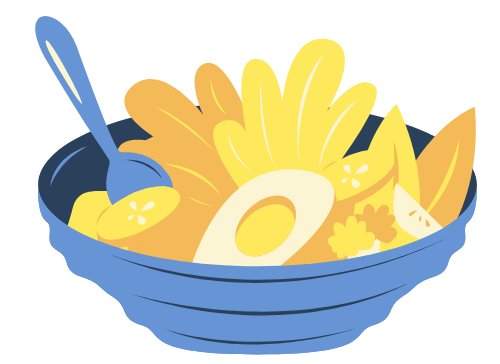
Plant-based diets offer numerous health benefits. They are high in fiber, vitamins, and minerals, which promote growth and prevent chronic diseases later in life. Moreover, studies have shown that vegetarian and meat-eating children often exhibit similar growth and nutrition, with slight differences in weight.
However, ensuring the nutritional adequacy of Plant-Based Diets in Children can be challenging. Key nutrients like vitamin B12, iron, calcium, and omega-3 fatty acids, usually found in animal products, must be carefully sourced. A study published in the American Journal of Clinical Nutrition noted that vegan and vegetarian children may require supplements or fortified foods to meet their needs.
Plant Power: A Vegetarian/Vegan Diet for Infants and Young Children
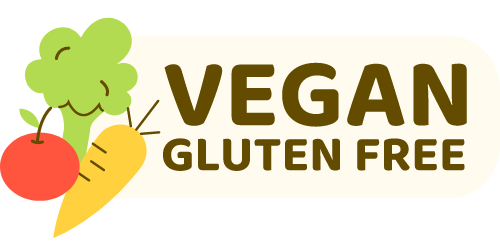
Introducing a vegetarian or vegan diet to infants and young children can support healthy development if properly balanced. The Academy of Nutrition and Dietetics recognizes vegetarian diets as suitable for all life stages, including childhood. However, parents must pay attention to critical growth periods to ensure the proper intake of essential nutrients like protein and zinc.
Vegetarian Diet, Growth, and Nutrition in Early Childhood

Children on plant-based diets tend to have similar growth patterns to their peers. However, studies show they may have lower body weight. This was confirmed by research where vegetarian children had comparable growth but weighed slightly less than meat-eating children. It’s essential to monitor their weight and overall development to ensure that they are meeting milestones.
Vegan Child Brain Development

A well-planned vegan diet can support brain development. Key nutrients like DHA (an omega-3 fatty acid) and iron play a vital role in cognitive development. DHA is commonly found in fish, so plant-based sources such as flaxseeds, chia seeds, and algae supplements are recommended.
Nutritional Update for Physicians: Plant-Based Diets
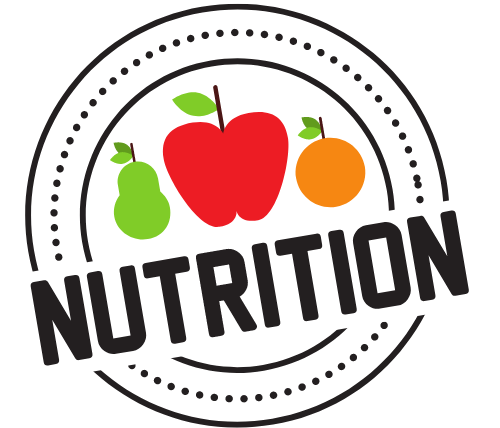
Physicians should be well-informed about the potential risks and benefits of Plant-Based Diets in Children. Educating parents on how to include all necessary nutrients can prevent deficiencies. The American Academy of Pediatrics suggests that doctors monitor children on vegan diets for signs of nutrient deficiencies, particularly vitamin B12, iron, and protein.
The Plant-Based Diet for Kids: A Know-How Guide for Parents

Parents adopting a plant-based diet for their children must plan meals carefully. Whole grains, legumes, and soy products are excellent protein sources, while fortified plant-based milks and cereals help meet calcium and vitamin D needs. It’s important to rotate diverse foods to avoid boredom and ensure well-rounded nutrition.
A Study Finds That Vegetarian and Meat-Eating Children Have Comparable Growth and Nutrition

Several studies confirm that vegetarian and vegan children grow similarly to their meat-eating peers. A 2022 study found that vegetarian children had no significant difference in growth compared to those consuming meat, but their lower body weight may suggest the need for increased calorie intake from energy-dense plant foods like nuts, seeds, and avocados.
Foods for Toddlers on a Plant-Based Diet
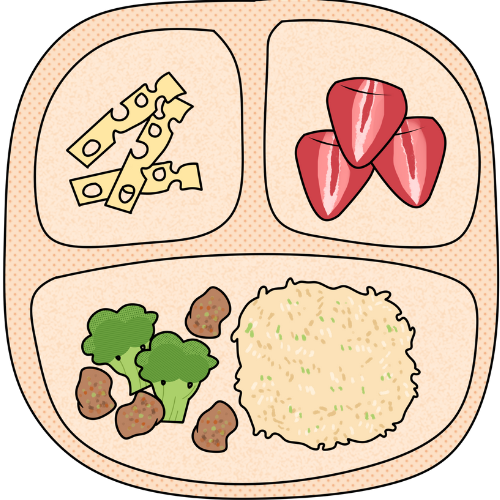
When introducing Plant-Based Diets in Children, particularly toddlers, foods like mashed lentils, tofu, soft-cooked vegetables, and nut butters are ideal. These foods are nutrient-dense and easy for young children to eat and digest.
Risks and Benefits of Vegan and Vegetarian Diets in Children
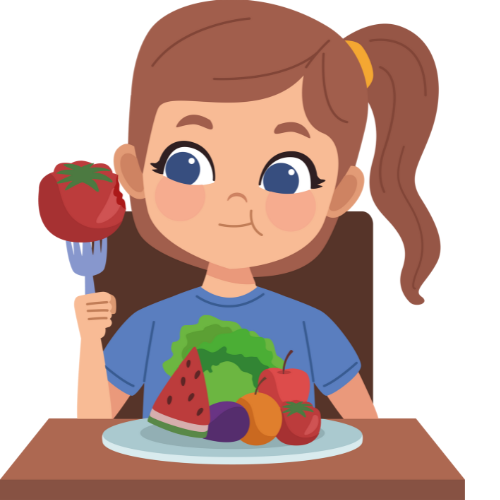
Plant-based diets reduce the risk of obesity, heart disease, and diabetes later in life. However, without careful planning, vegan children risk deficiencies in key nutrients like iron and vitamin D. Experts recommend regular checkups to ensure optimal health.
What Parents Need to Know About a Vegan Diet

Parents should consider supplementing their children’s diet with vitamin B12, iron, and omega-3s. Regular blood tests can help identify potential deficiencies. Therefore, a well-balanced and varied plant-based diet, with the necessary supplements, ensures children thrive.
Table listing vitamins of concern for children aged 1-18 years on diets low in animal foods
Here’s a table highlighting vitamins that may be of concern for children aged 1-18 years who follow diets low in animal foods, along with plant-based sources for these nutrients:

Notes(1)
Recipes Rich in Essential Vitamins for Children (Aged 1-18) on Plant-Based Diets
Here’s a list of 30 recipes from various regions that provide essential vitamins of concern for children aged 1-18 years on diets low in animal foods, along with their plant-based sources.
1- Pasta Primavera (Italian-inspired dish)
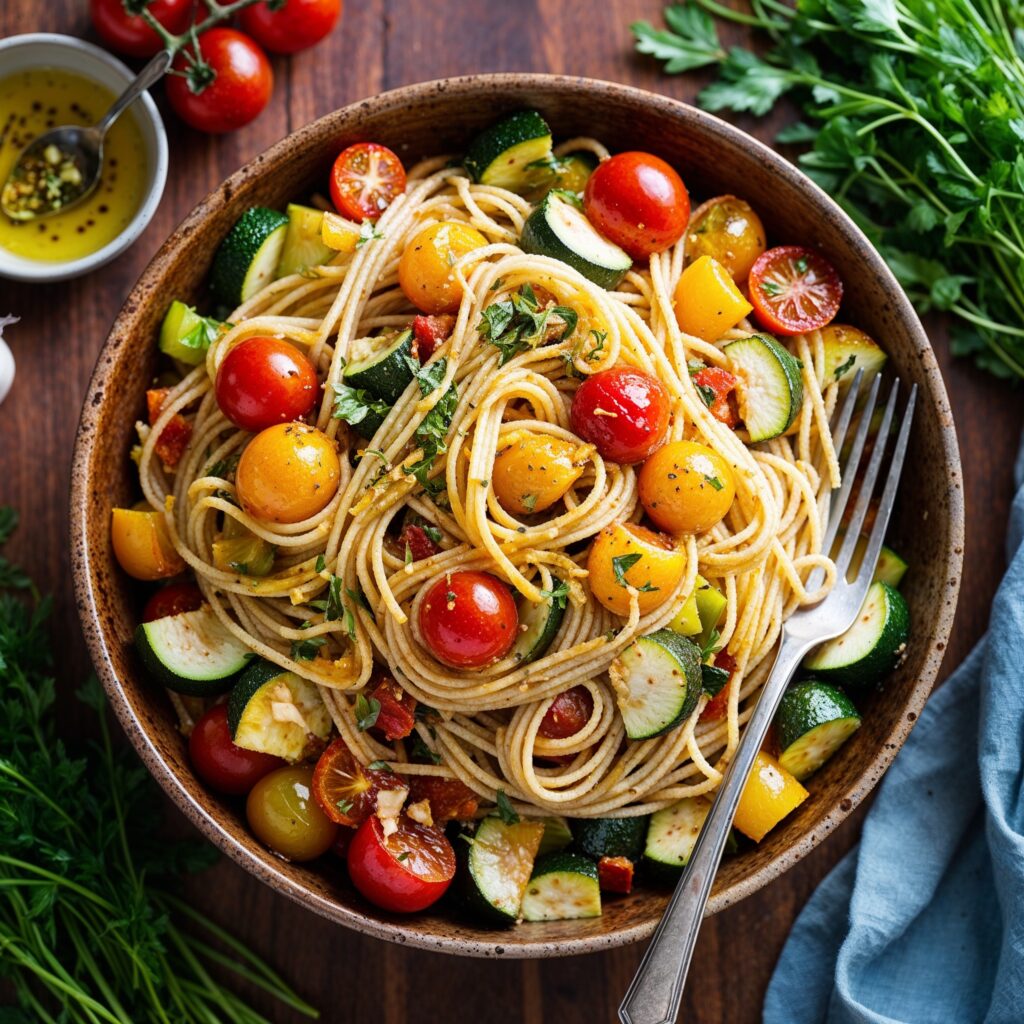
Instructions: Cook pasta, sauté vegetables in oil and garlic, mix with pasta, and serve warm.
2- Roasted Beet and Walnut Salad (Mediterranean)
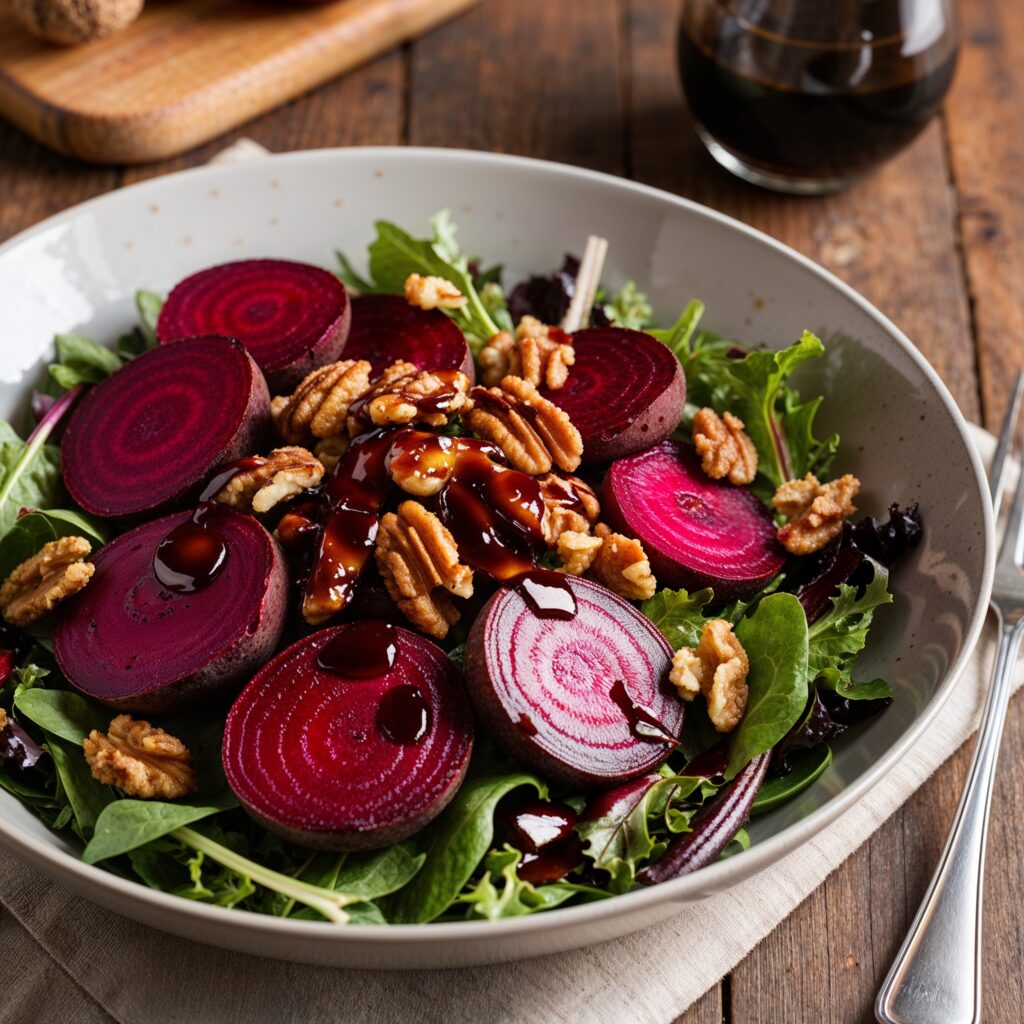
Instructions: Roast beets, slice, and toss with greens, walnuts, and dressing before serving.
3- Millet Porridge with Fruit (West African)

Instructions: Cook millet in almond milk, top with berries and honey before serving.
4- Kale and Avocado Salad (United States–Western Europe)
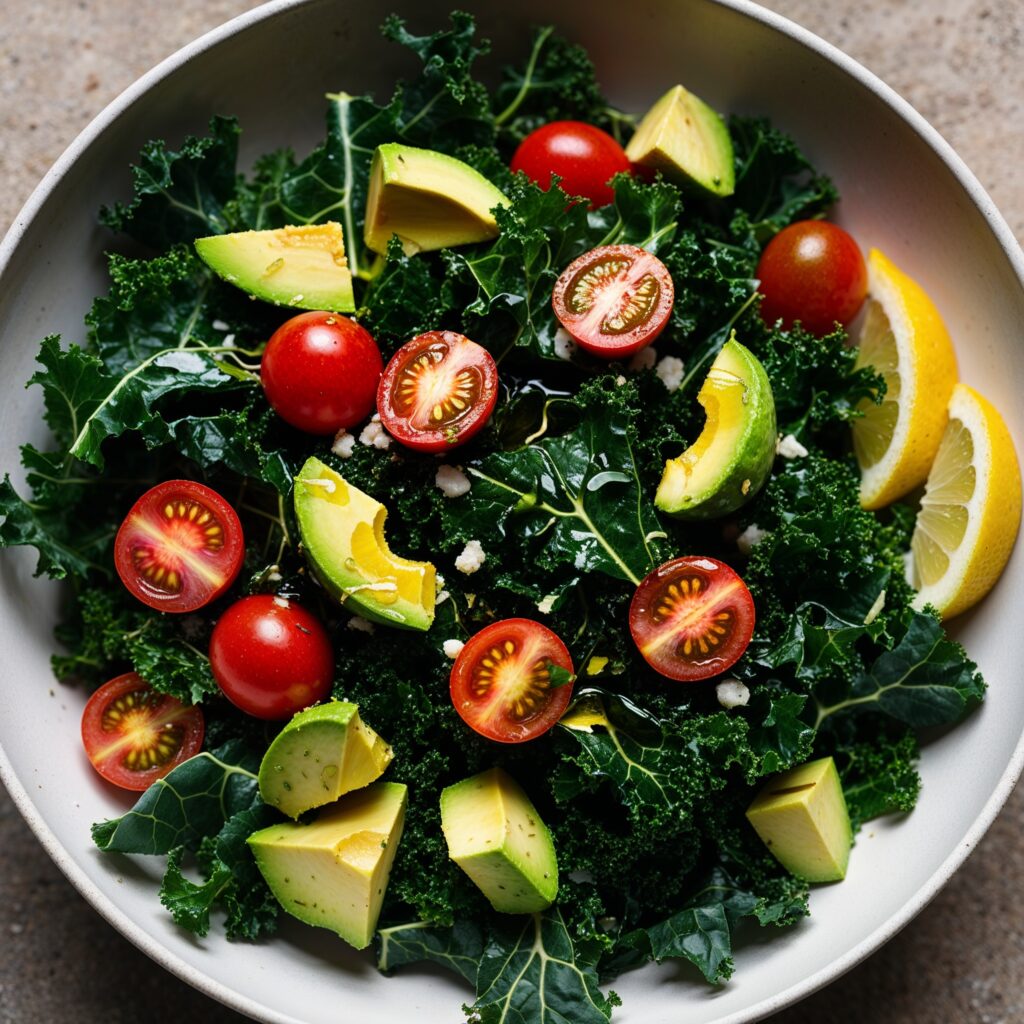
Instructions: Massage kale with lemon juice, add diced avocado and halved tomatoes. Drizzle with olive oil and toss.
5-Mexican Black Bean Tacos (Mexico)
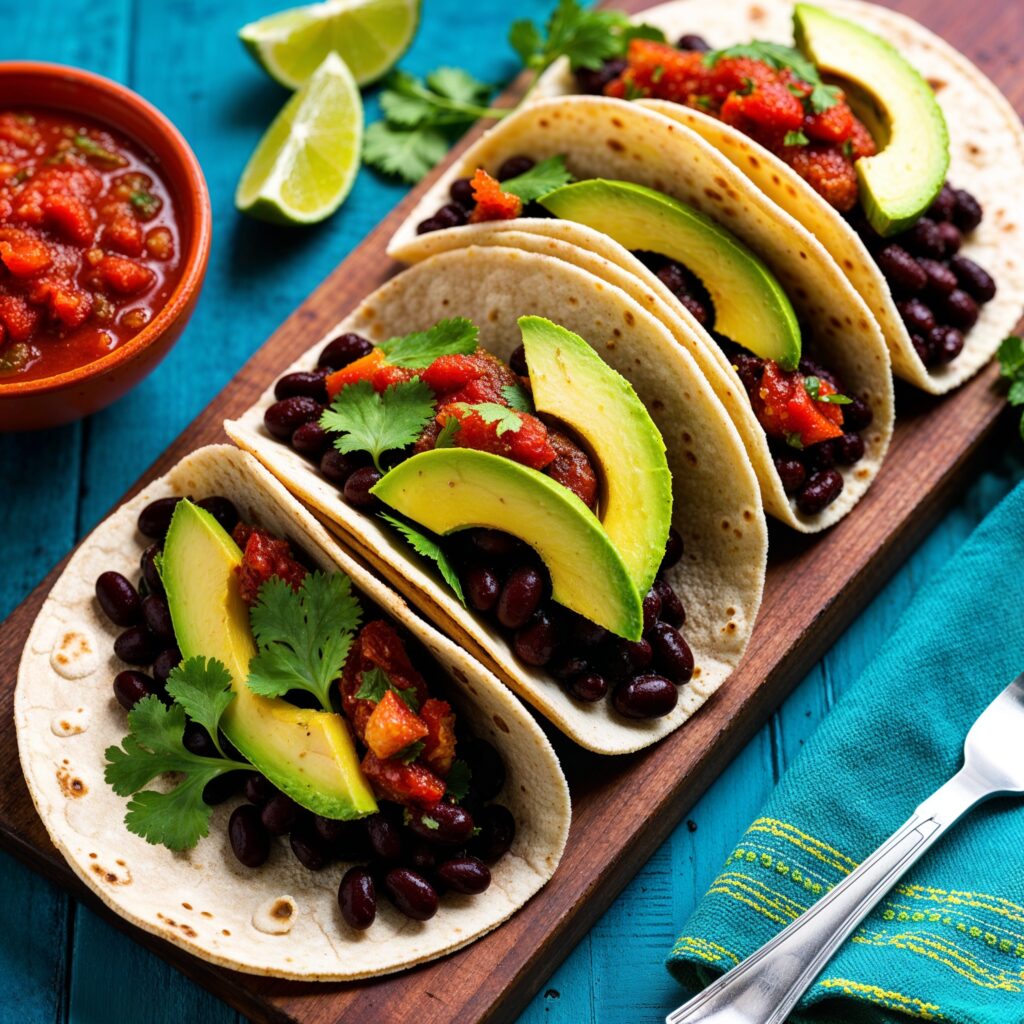
Instructions: Fill tortillas with black beans, avocado, salsa, and garnish with cilantro.
6- Thai Green Curry with Tofu (Thailand)
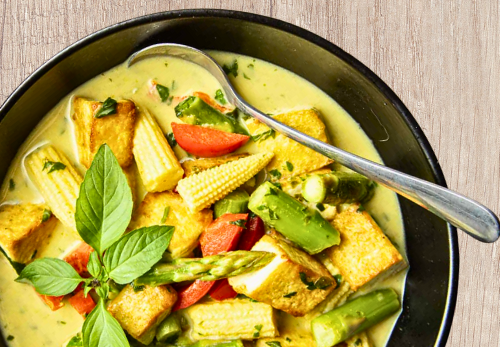
Instructions: Cook tofu and vegetables in green curry paste and coconut milk.
7- Chickpea Tagine (Morocco)
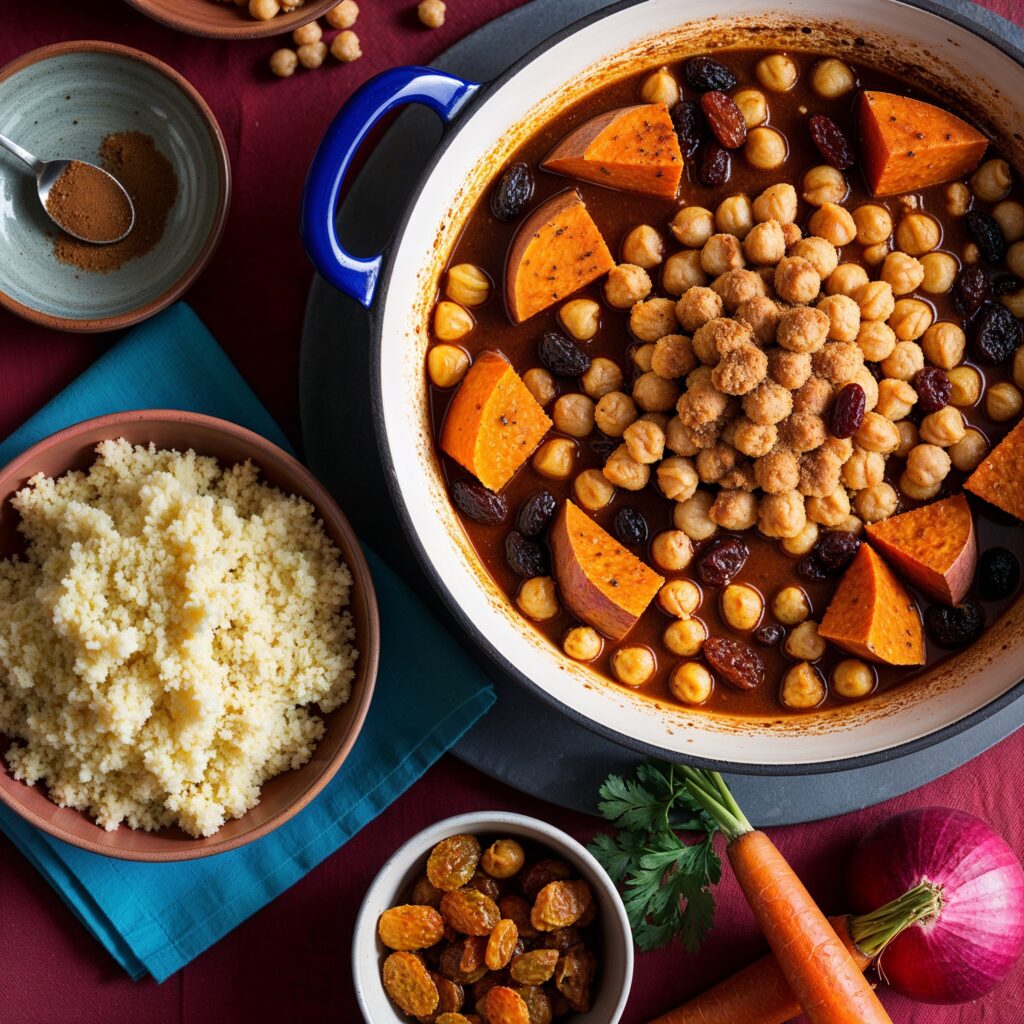
Instructions: Simmer chickpeas and vegetables with spices, serve with couscous.
8- Dhal (India)
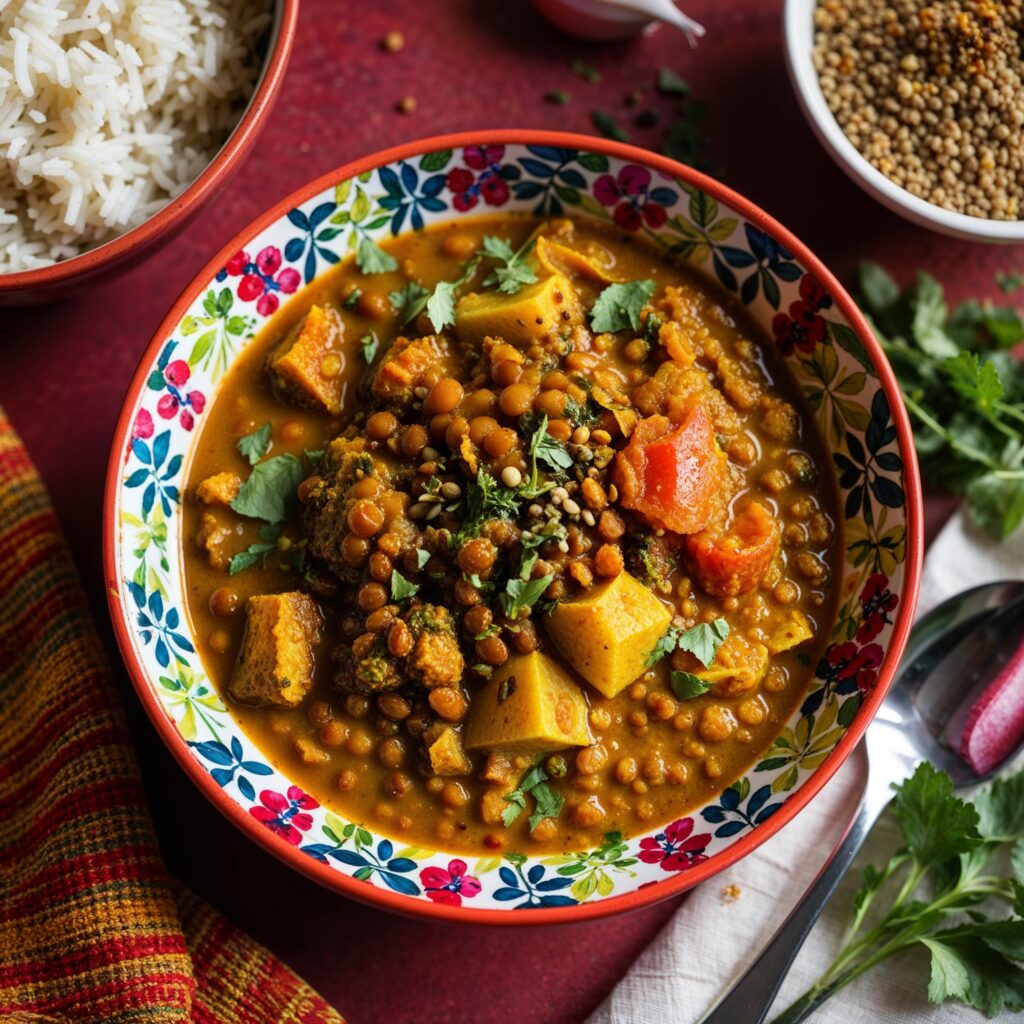
Instructions: Cook lentils with turmeric, sauté spices and tomatoes, mix and serve.
9-Japanese Miso Soup (Japan)
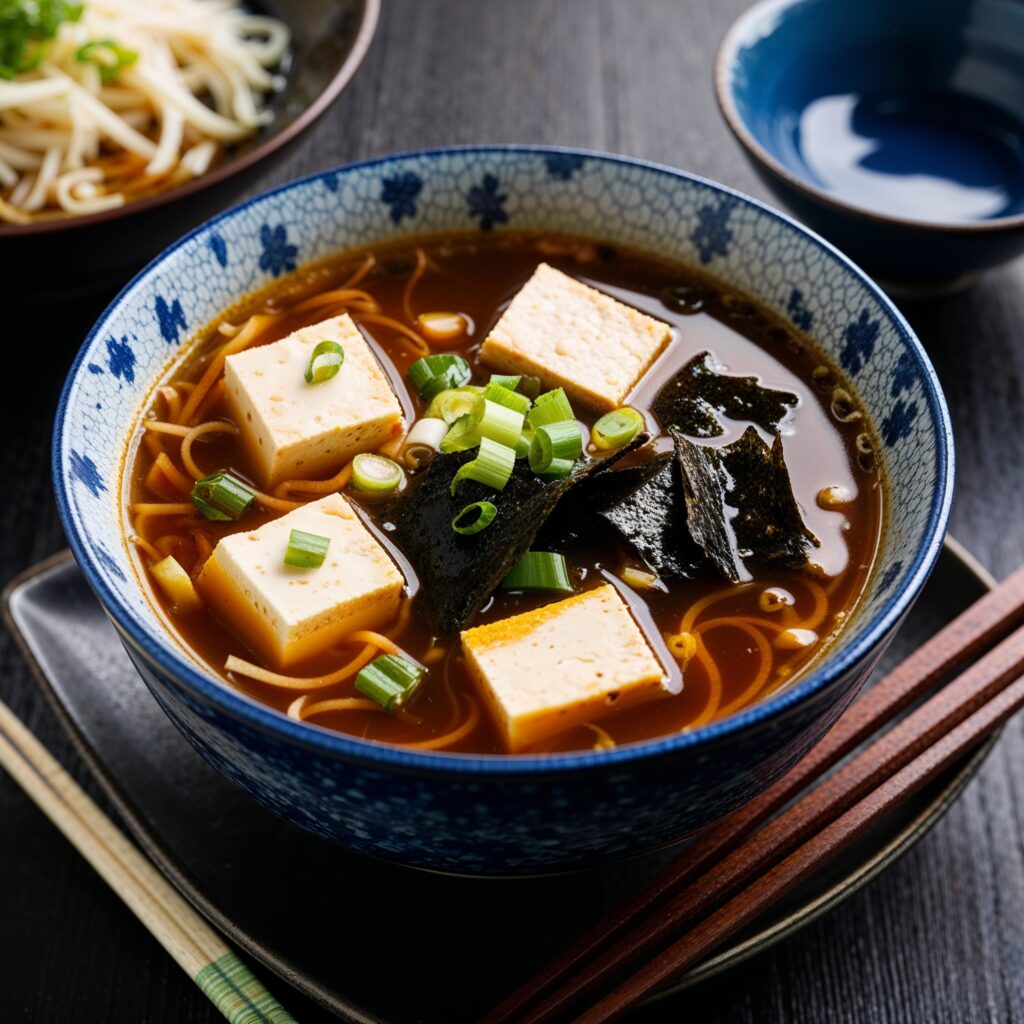
Instructions: Dissolve miso in broth, add tofu and seaweed, simmer and serve.
10- Greek Stuffed Grape Leaves (Greece)
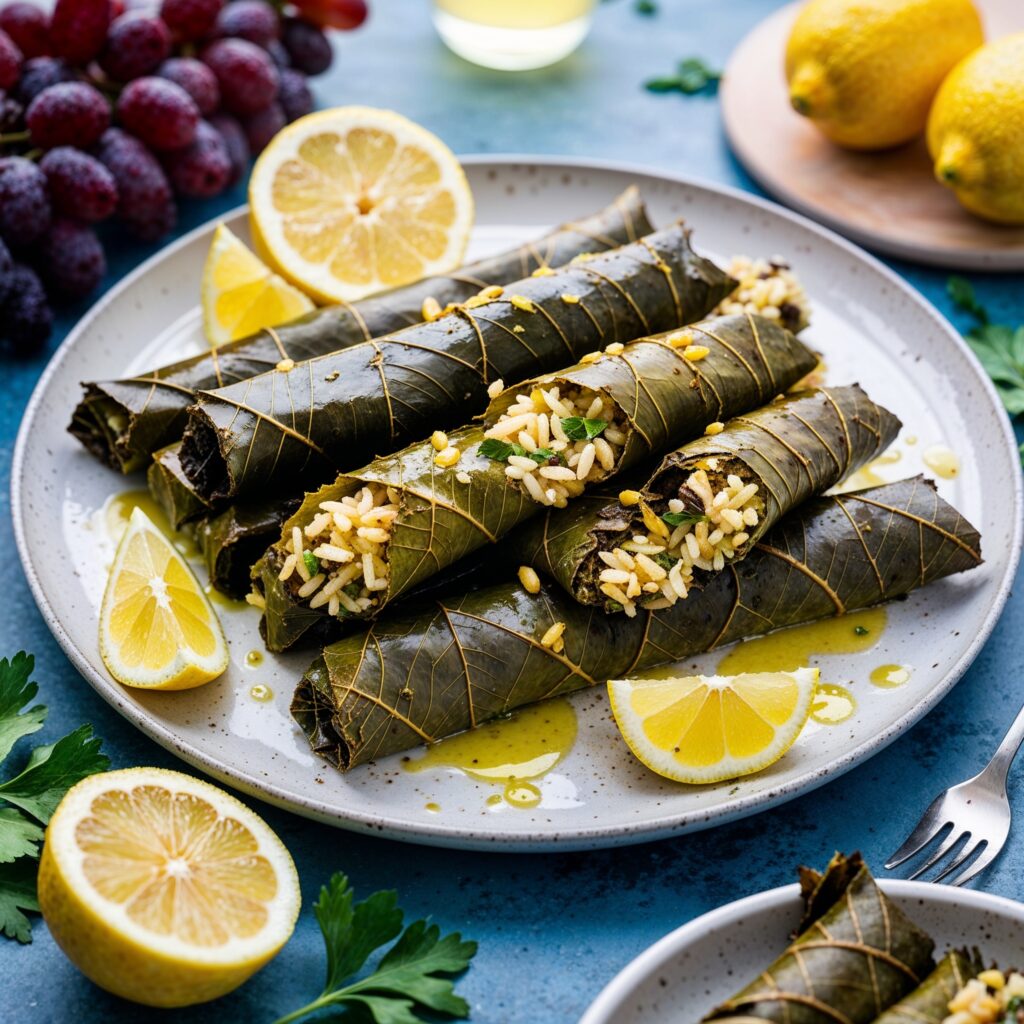
Instructions: Stuff grape leaves with rice mixture, steam and drizzle with lemon juice.
11- Ethiopian Lentil Stew (Misir Wot) (Ethiopia)
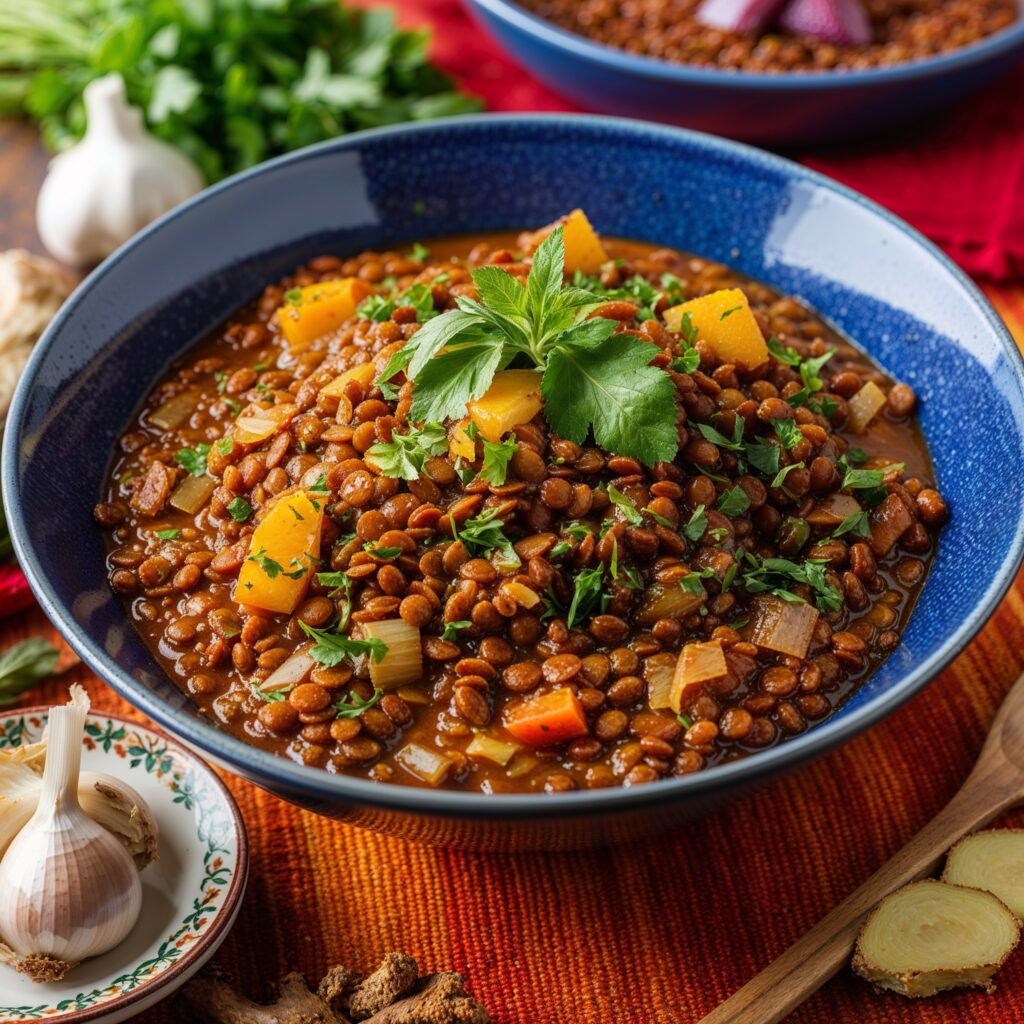
Instructions: Sauté onions with spices, add lentils and water, simmer until soft.
12- Middle Eastern Falafel (Middle East)
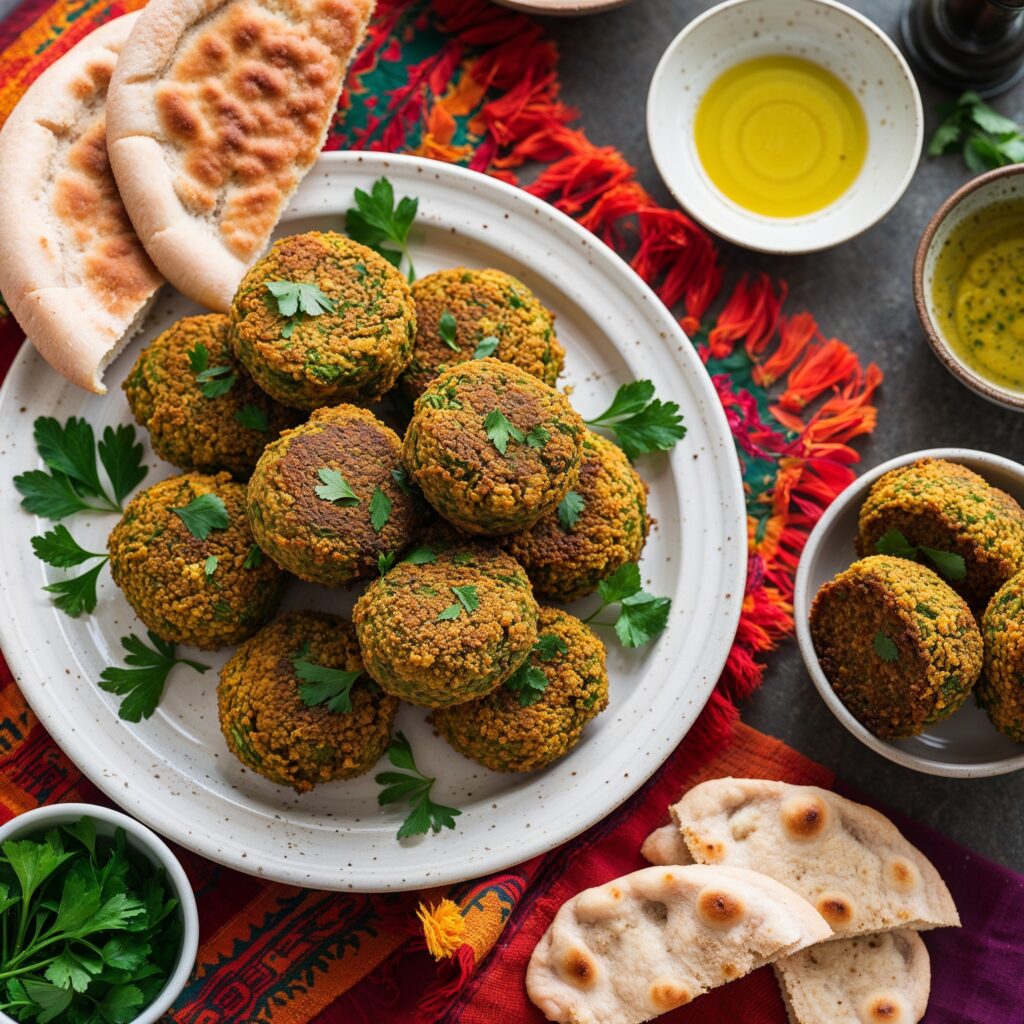
Instructions: Blend chickpeas and herbs, form into balls, bake or fry and serve with pita.
13– Brazilian Rice and Beans (Brazil)
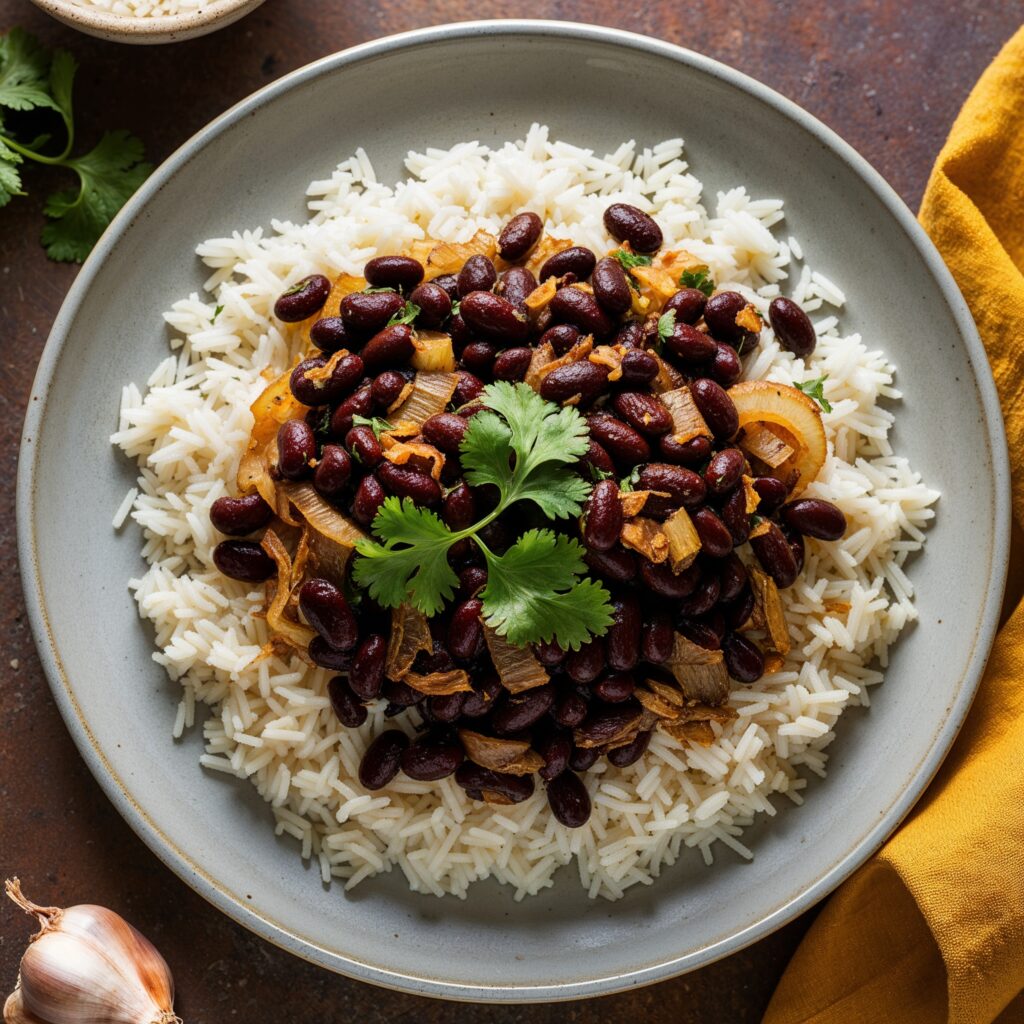
Instructions: Cook beans with garlic and onions, serve over rice, and garnish with cilantro.
14- Vietnamese Fresh Spring Rolls (Vietnam)
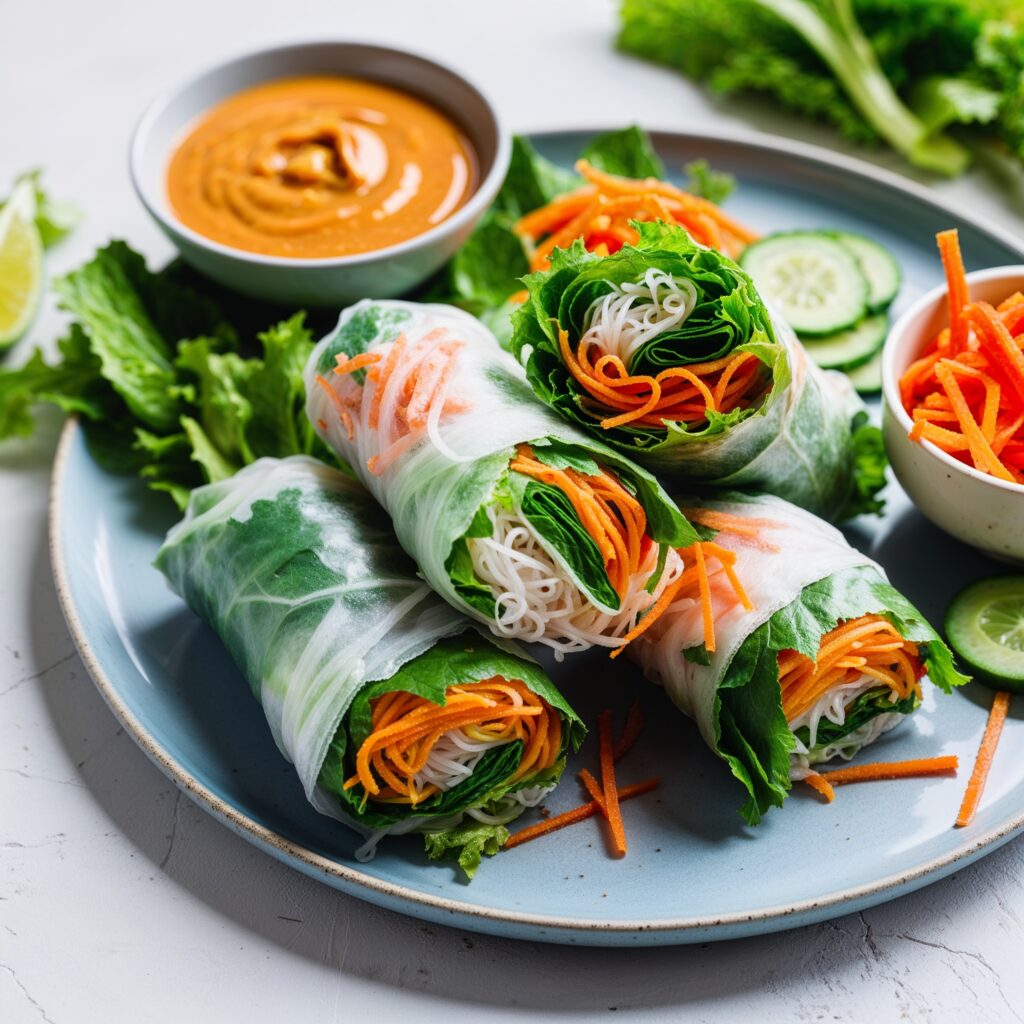
Instructions: Wrap veggies and noodles in rice paper, serve with peanut sauce.
15- Peruvian Quinoa Salad (Peru)
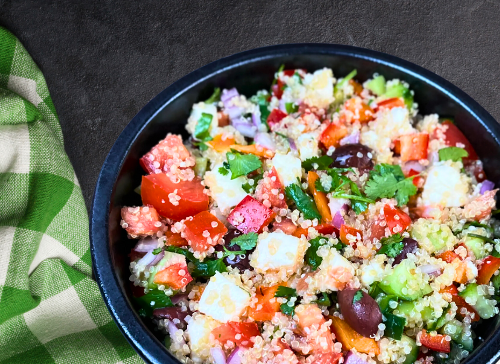
Instructions: Cook quinoa, mix with corn and beans, and drizzle with lime juice.
16- Caribbean Callaloo (Caribbean)

Instructions: Sauté onions, add spinach and okra, simmer with coconut milk and thyme.
17– African Peanut Stew (West Africa)
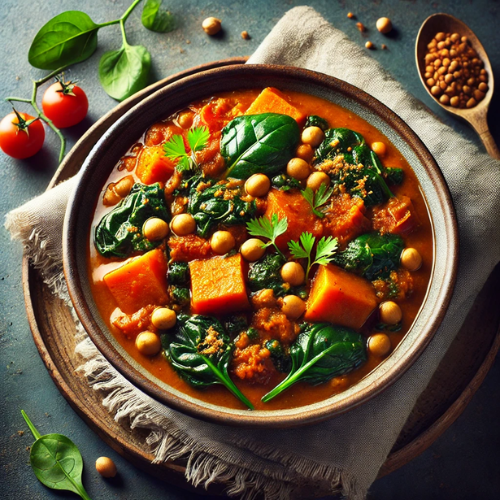
Instructions: Cook sweet potatoes and onions, add peanut butter and spinach, simmer.
18- South Korean Bibimbap (South Korea)
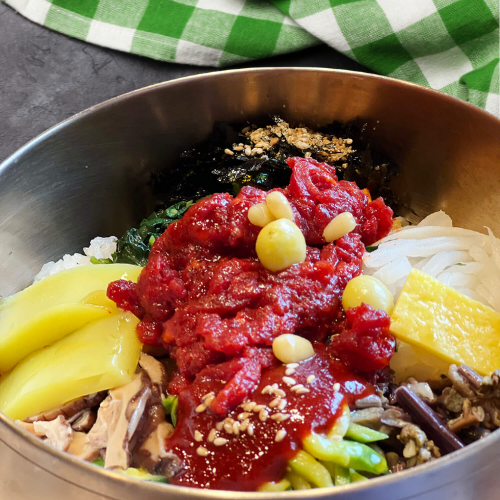
Instructions: Sauté vegetables, cook tofu, serve over rice, and top with gochujang sauce.
19- Moroccan Carrot Salad (Morocco)

Instructions: Toss shredded carrots with olive oil, lemon juice, and cumin, garnish with parsley.
20– Indian Spinach and Potato Curry (India)
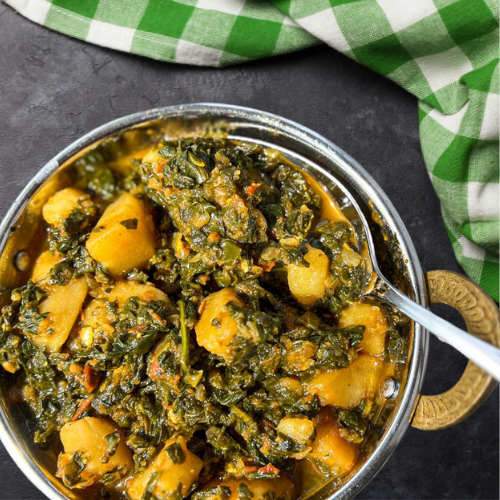
Instructions: Sauté spinach and potatoes with spices until cooked.
21- Lebanese Tabbouleh (Lebanon)
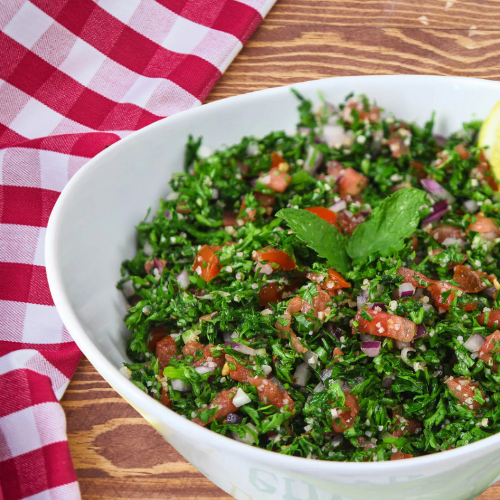
Instructions: Mix chopped herbs and veggies with bulgur, dress with lemon and oil.
22- Russian Buckwheat Porridge (Russia)
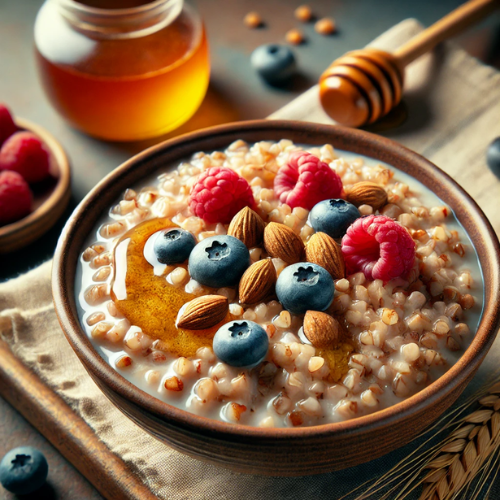
Instructions: Cook buckwheat in almond milk, top with honey and berries.
23- Chinese Stir-Fried Tofu and Bok Choy (China)

Instructions: Stir-fry tofu and bok choy with garlic and soy sauce, drizzle with sesame oil.
24- Mexican Chia Pudding (Mexico)

Instructions: Soak chia seeds in almond milk with vanilla and cinnamon, refrigerate overnight
25- Indonesian Gado-Gado (Indonesia)
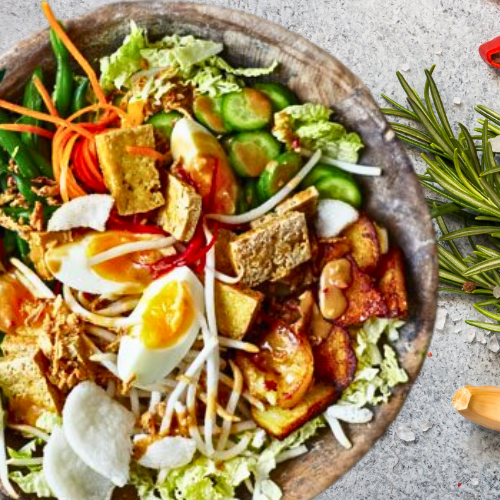
Instructions: Boil potatoes and beans, fry tofu, serve with peanut sauce.
26- South African Butternut Squash Soup (South Africa)
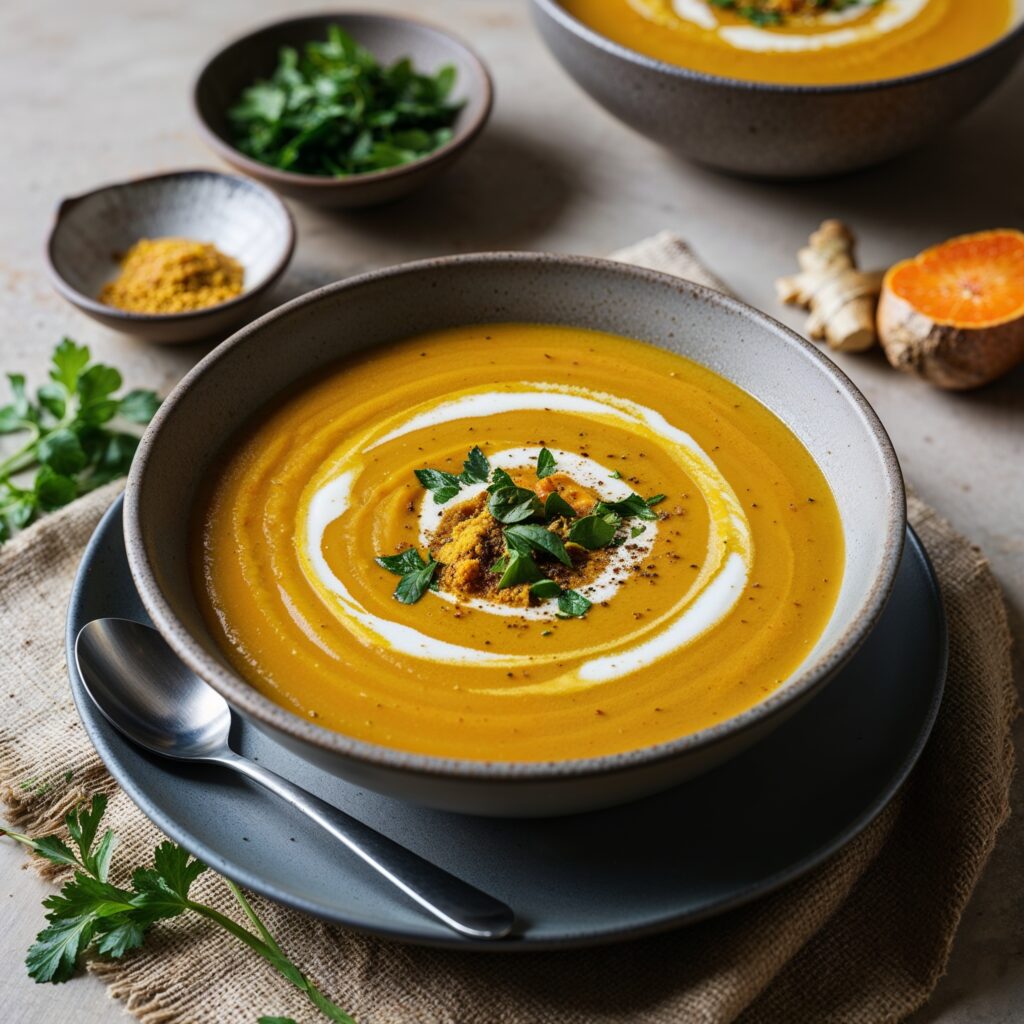
Instructions: Simmer butternut squash with spices, blend with coconut milk until smooth.
27- Japanese Tofu and Seaweed Salad (Japan)
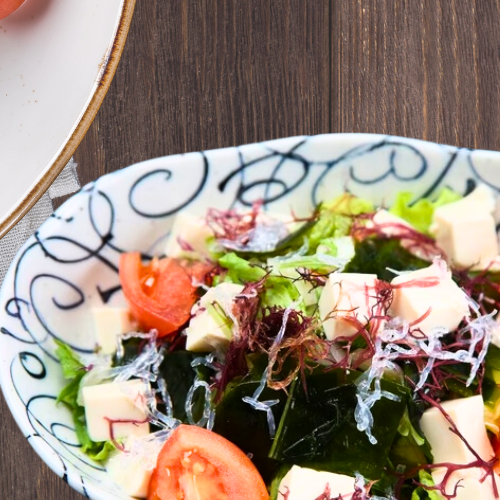
Instructions: Mix tofu and soaked seaweed with soy sauce and rice vinegar, sprinkle sesame seeds.
28- Turkish Lentil Köfte (Turkey)

Instructions: Cook lentils, mix with bulgur and spices, form into balls, and serve.
29- Italian Minestrone Soup (Italy)
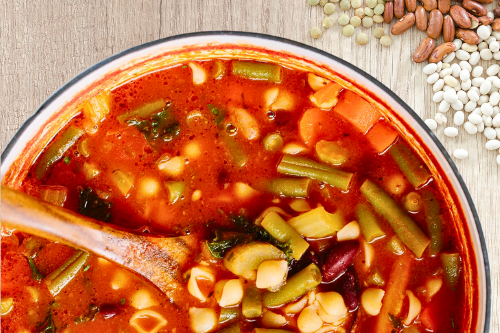
Instructions: Cook vegetables and beans in broth, add pasta, and simmer until tender.
30- Jollof Rice (West Africa)

Instructions: Sauté onions and bell peppers, add rice and tomatoes, cook with thyme.
FAQs: Plant-Based Diets in Children
1. Are Plant-Based Diets Safe for Kids?
Yes, if properly planned with a focus on key nutrients like B12 and iron.
2. Can a Plant-Based Diet Support Healthy Growth in Children?
Yes, studies show vegetarian and vegan children can grow similarly to meat-eating peers.
3. What Are the Most Common Nutritional Concerns of Plant-Based Diets for Children?
Deficiencies in vitamin B12, iron, calcium, and omega-3s are common concerns.
4. What Foods Should Be Prioritized for Vegan Children?
Legumes, tofu, fortified plant milks, and seeds should be staples.
5. Do Vegan Children Need Supplements?
Yes, vitamin B12 and possibly iron or omega-3 supplements are necessary.
6. How Does a Vegan Diet Affect Children’s Brain Development?
A well-balanced vegan diet, including DHA, supports cognitive health.
7. Can Infants Be Raised on a Vegan Diet?
Yes, but careful attention is needed to provide the right nutrients for development.
8. What Do Studies Say About the Growth of Vegan and Vegetarian Children?
Studies show no major difference in growth, but vegan children may weigh less.
9. What Are Good Sources of Protein for Vegan Kids?
Lentils, beans, soy products, and quinoa are excellent sources.
10. How Can I Ensure My Child Is Getting Enough Iron on a Vegan Diet?
Combine plant sources of iron with vitamin C to boost absorption.
You might also like:
- Recipes for vegan or vegetarian kiddie meals
- The Importance of Balanced Diets for Young Children
- Weekly meal planning ideas for kids
- Healthy Eating Habits for Kids: 20 Top Tips to Promote Growth, Development, and Lifelong Wellness.
- Eating Disorders in Children (I)
- Bioavailability: The absorption and utilization of nutrients may vary between plant and animal sources. Combining plant-based sources with vitamin C-rich foods (e.g., citrus fruits, bell peppers) can enhance iron absorption.
Supplements: Some nutrients, particularly vitamin B12 and vitamin D, may require supplementation to ensure adequate intake, especially in children following strict vegetarian or vegan diets.
Fortification: Look for fortified foods, as they can help fill potential
nutrient gaps in a plant-based diet. ↩︎

